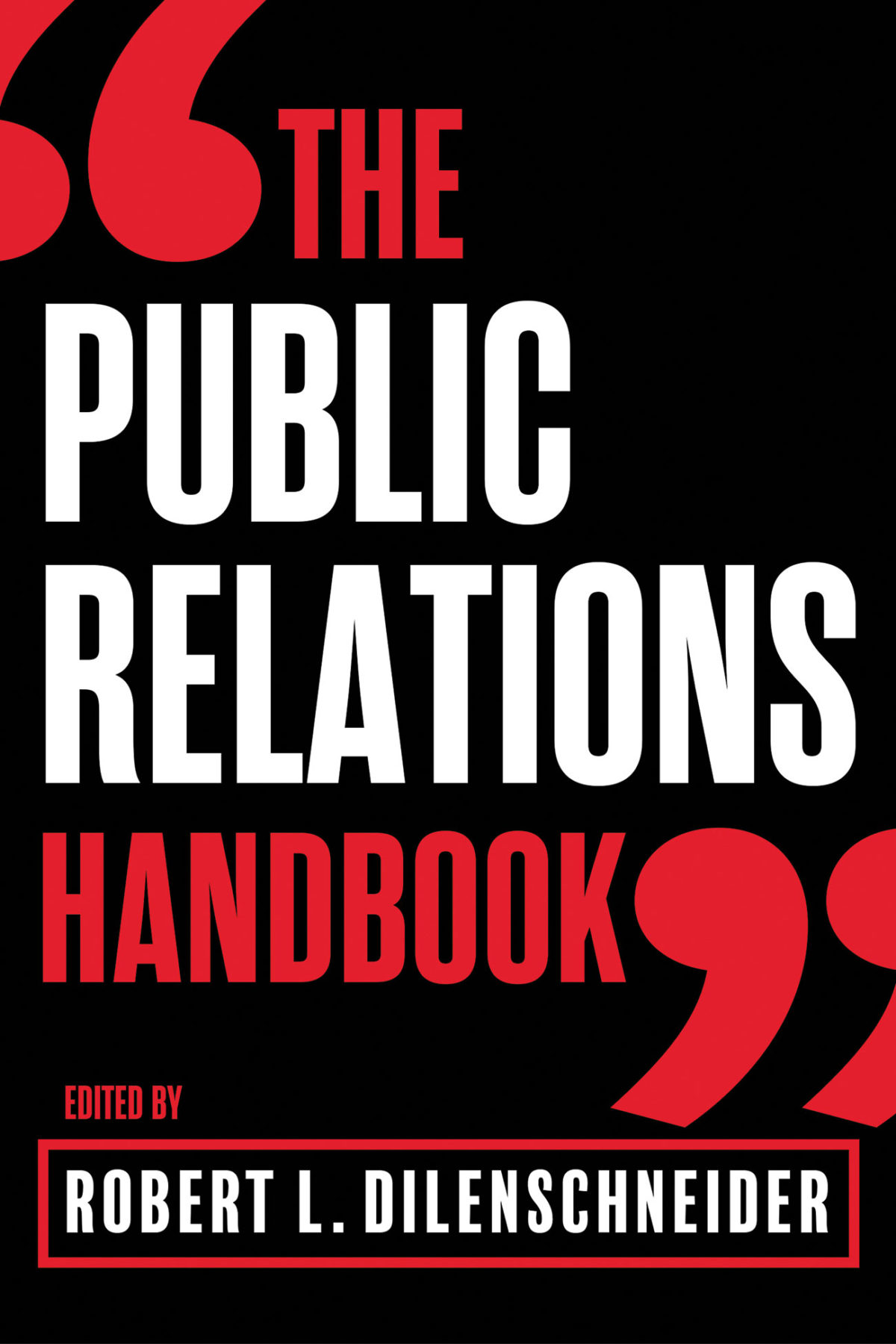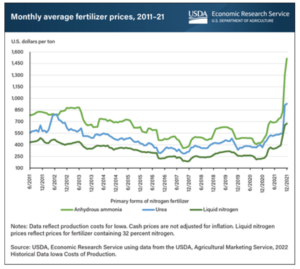What Do Investors Care About Today?
by Ned Raynolds and Art Gormley, The Dilenschneider Group
Excerpted from The Public Relations Handbook copyright © 2022 by Robert L. Dilenschneider. Reprinted with permission from Matt Holt Books, an imprint of BenBella Books, Inc. All rights reserved.
Until recently, investors were concerned almost exclusively about a company’s revenues and earnings lines and where those numbers were headed in the future.
No more.
Today, investors are also becoming increasingly interested in a firm’s positive or negative contributions to society, in a process called ESG investing, standing for Environmental, Social, and Governance concerns.
ESG investing integrates those socially responsible factors into investment analysis and decision making. However, the factors also cover a wide spectrum of issues that are also relevant to an investor’s financial assessment of a company. So, a company’s ability to meet ESG factors may also affect that same bottom line that investors look at first.
According to Forbes, ESG can include:
“how corporations respond to climate change, how good they are with water management, how effective their health and safety policies are in the protection against accidents, how they manage their supply chains, how they treat their workers and whether they have a corporate culture that builds trust and fosters innovation.”
The term “ESG” was coined in 2005 in a landmark study entitled “Who Cares Wins.” According to the most recent calculation, ESG investing is estimated at over $20 trillion in assets under management, about a quarter of all professionally managed assets around the world!
What’s more, ESG investing has become big business. At this writing, many large banks and other money managers had jumped aggressively onto the ESG idea as a way to market their services.
ESG also runs parallel to the more general societal trend today to demand socially responsible behavior from business. To see how far we’ve come, dial back to September 1970, when the legendary economist Milton Friedman wrote an essay for the New York Times entitled, “A Friedman Doctrine: The Social Responsibility of Business Is to Increase Its Profits.” And contrast that with the Business Round table’s August 2019 statement redefining the purpose of a corporation as promoting “an economy that serves all Americans.” It was signed by 181 CEOs “who commit to lead their companies for the benefit of all stakeholders—customers, employees, suppliers, communities and shareholders.”
Because the Roundtable had been considered a bastion of traditional corporate America, that pronouncement received plenty of attention. But the organization’s commitment really builds on what is becoming the current thinking of many business leaders.
Here’s what some of them have said:
- In his 2020 letter to shareholders, Larry Fink, chairman and chief executive of Black Rock, who frequently discussed altruistic issues with the firm’s constituents, wrote, “We are facing the ultimate long-term problem. We don’t yet know which predictions about the climate will be most accurate, nor what effects we have failed to consider. But there is no denying the direction we are heading. Every government, company, and shareholder must confront climate change.”
- Marc Benioff, chair, CEO, and founder of Salesforce, who embraces the title of “activist CEO,” told Fast Company that today, “being a CEO means that you’re taking care of all stakeholders. That stakeholder return is as much table stakes as shareholder return.”
- And Jamie Dimon, chairman and CEO of JPMorgan Chase, who is also chairman of the Business Roundtable, says, “The American dream is alive, but fraying. Major employers are investing in their workers and communities because they know it is the only way to be successful over the long term. These modernized principles reflect the business community’s unwavering commitment to continue to push for an economy that serves all Americans.”
Further endorsement of ESG principles comes from an unexpected source— the Vatican. The Council for Inclusive Capitalism is affiliated with the Catholic Church and operates under “the moral guidance of Pope Francis.” The Council also includes CEOs of several Fortune 500 companies as well as policymakers and the general secretary of the International Trade Union Confederation. The founder of the Council, Lynn Forester de Rothschild, also chair of investment firm E. L. Rothschild, said, “Doing this is not simply a market imperative . . . The capital markets are such a powerful force, that we need to remember that our actions, who we are and what we are, are based on morality and ethics. And so the Holy Father really asks us to put profits in service of planet and people.”
What are enlightened companies doing today to let investors know about their ESG commitments? Here are some steps to consider:
- In the annual Form 10-K, include a section summarizing the company’s ESG actions.
- Issue an annual Sustainability Report, as a number of companies today are doing, especially those with environmental vulnerabilities.
- Weave material on ESG compliance into earnings news releases and periodically include reports on ESG actions in quarterly earnings presentations.
The above is excerpted from The Public Relations Handbook
About the Editor of The Public Relations Handbook:
Robert L. Dilenschneider formed The Dilenschneider Group in October, 1991. Headquartered in New York and Chicago, the Firm provides strategic advice and counsel to Fortune 500 companies and leading families and individuals around the world, with experience in fields ranging from mergers and acquisitions and crisis communications to marketing, government affairs and international media.
Prior to forming his own firm, Dilenschneider served as president and chief executive officer of Hill and Knowlton, Inc. from 1986 to 1991, tripling that Firm’s revenues to nearly $200 million and delivering more than $30 million in profit. Dilenschneider was with that organization for nearly 25 years. Dilenschneider started in public relations in 1967 in New York, shortly after receiving an MA in journalism from Ohio State University, and a BA from the University of Notre Dame. For more information, please visit https://robertldilenschneider.com
About the Authors:
Ned Raynolds is a veteran corporate communications executive and strategic advisor with more than thirty years’ experience, versed in all phases of external and internal communications. His focus is on positioning companies that are facing serious challenges with the news media, employees, customers, and the investment community, often working in a team approach with senior management, legal counsel, and outside advisors. Mr. Raynolds previously managed corporate communications for American Airlines for the East Coast, including New York, Boston, and Washington, DC. At American, he enlisted specialty media to reach nearly half a million high-value consumers in Greater New York.
Art Gormley, a Principal with The Dilenschneider Group, joined the firm in 1992, shortly after it was founded. He oversees the firm’s financial relations practice and has worked with the Wall Street and international investment communities for more than twenty-five years. Mr. Gormley has counseled the chief executives, chief financial officers, and boards of directors of countless clients, including some of the world’s largest publicly held corporations. In addition, Mr. Gormley is a highly experienced crisis communicator who has guided clients in their dealings with financial restatements, shareholder litigation, activist investors, and management changes, as well as investigations involving the Securities and Exchange Commission, Internal Revenue Service, and the US Department of Justice, among other government agencies. For more information, please visit https://www.dilenschneider.com





